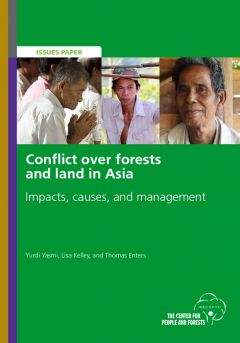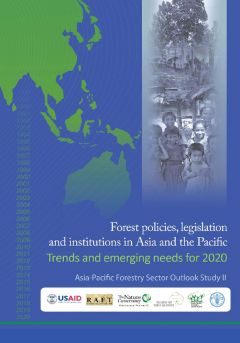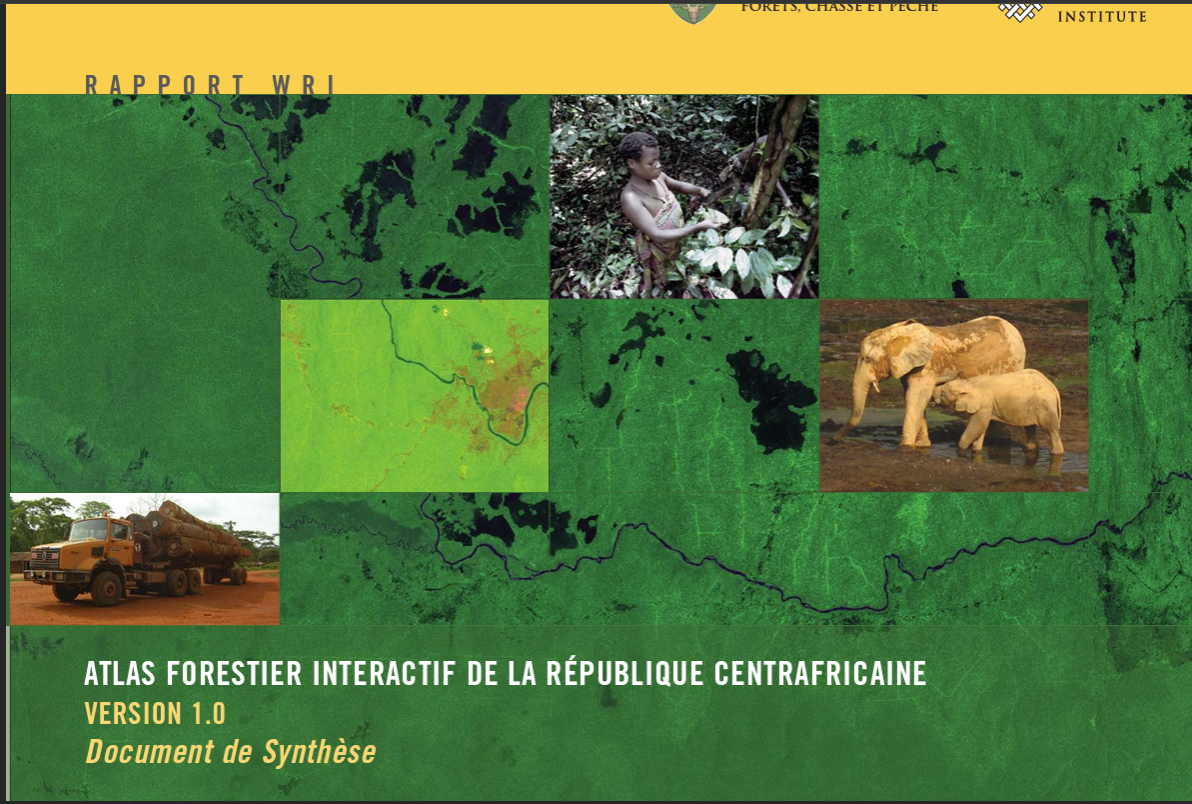Conflict Over Forests and Land in Asia
Violent conflict affects three quarters of Asia’s forests and tens of millions of people. In Cambodia, for example, nearly half of the 236 land conflicts recorded in 2009 escalated to violence. Because forest conflict is such a major issue in the region, we need a better understanding of the underlying causes, impacts, and management solutions. This issues paper sheds light on these topics, drawing lessons from eight new case studies.






